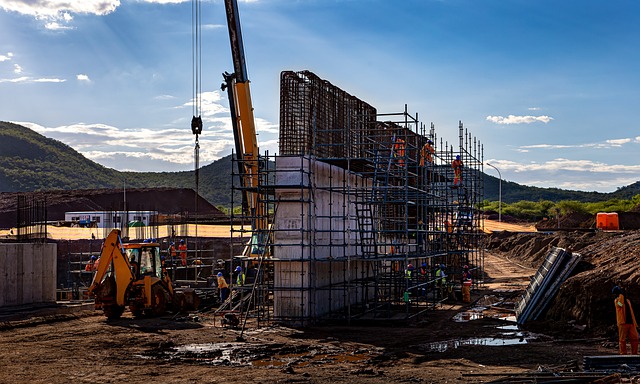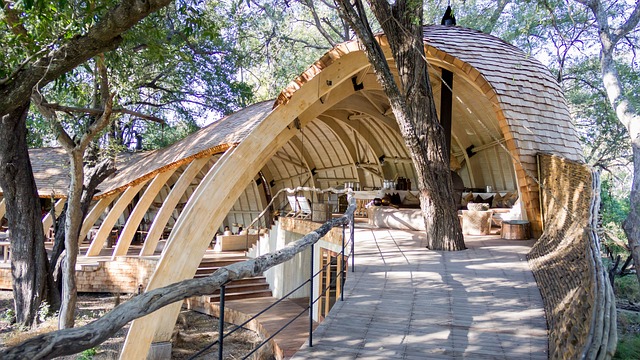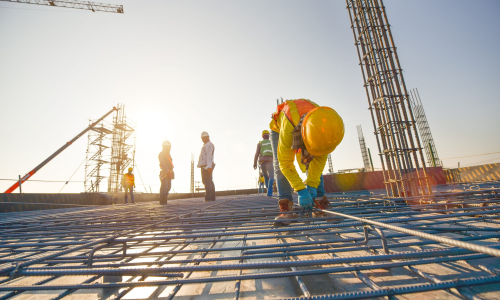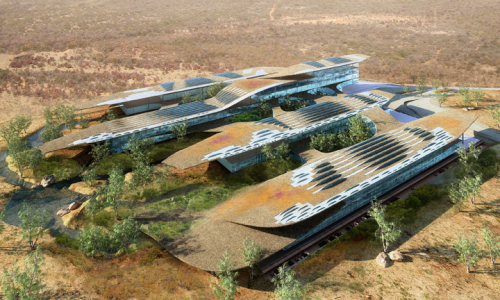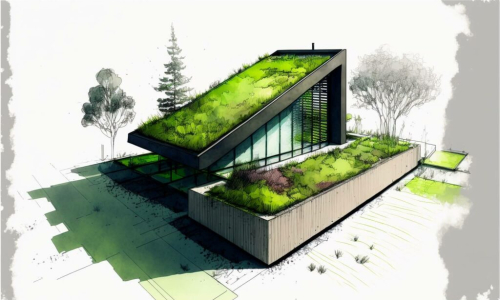Blog 8: Shaping a Resilient Future: The Role of Sustainable Architecture in Botswana
Royal Click Admin
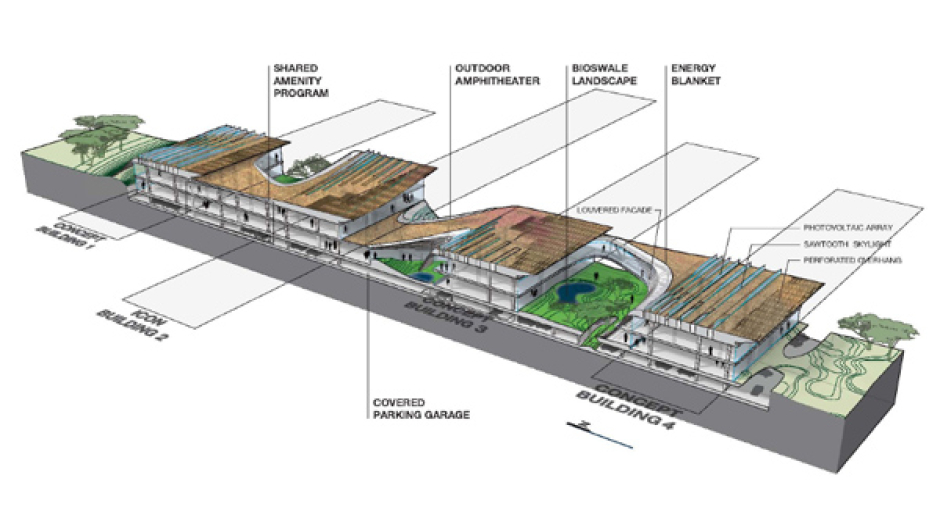
Sustainable architecture takes into account Botswana's unique climate and landscape. Climate-responsive design optimizes building orientation,
materials, and ventilation to maximize natural cooling and minimize energy consumption for heating and cooling. This approach helps buildings withstand extreme weather conditions and reduces their environmental impact.
Preserving and adapting existing buildings for new purposes is an essential aspect of sustainable architecture. By breathing new life into historic structures, architects contribute to the preservation of cultural heritage and reduce the need for new construction, saving valuable resources in the process.
Energy-efficient design is a cornerstone of sustainable architecture. From passive solar design to smart building automation systems, architects aim to minimize energy consumption while maintaining optimal comfort for occupants. This approach not only reduces greenhouse gas emissions but also leads to significant cost savings for building owners and users.
Incorporating biophilic design principles into architecture connects occupants with nature, promoting mental and physical well-being. Access to natural light, views of greenery, and the use of natural materials create healthier and more enjoyable living and working environments.
Sustainable architecture emphasizes the use of resilient materials that can withstand climate challenges, natural disasters, and the test of time. Building with durable and low-maintenance materials reduces the need for frequent repairs and replacements, reducing long-term costs and environmental impact.
Water scarcity is a significant concern in Botswana. Sustainable architecture includes water-efficient design strategies, such as rainwater harvesting, greywater recycling, and low-flow fixtures. These practices help conserve water resources and reduce the strain on local water supplies.

